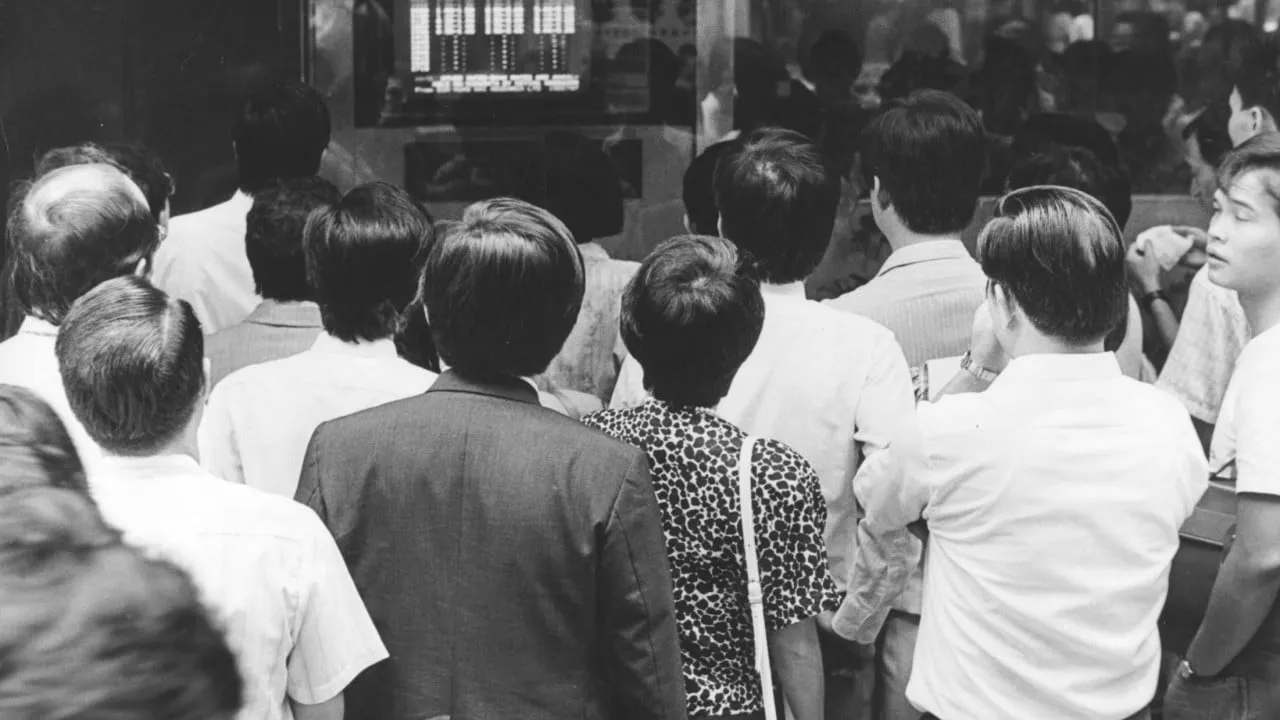Black Monday and Financial Regulation: Lessons for Today’s Markets

Understanding Black Monday and Its Legacy
On October 19, 1987, a sharp decline in the New York stock market impacted global markets, with Hong Kong experiencing a drastic 10.5% drop. The Black Monday event followed a period of significant stock gains, resulting in an estimated US$1.7 trillion loss, which was nearly 10% of the global economy at that time.
The Need for Financial Regulation Reform
After the crash, Hong Kong suspended trading to prevent panic selling. This was a pivotal moment that highlighted the failure of self-regulation in the financial markets. To enhance market oversight, an independent regulatory body was established in 1989. However, as financial crises occurred every decade, including the 1997 Asian currency crisis and the 2008 global financial crisis, regulatory reforms followed central bank interventions, yet complexity in markets increased.
The Current Landscape
By 2022, global stock market capitalisation reached US$98.5 trillion, underscoring the strong correlation between stocks, financial regulation, and economic confidence. With the rise of ETFs and cryptocurrencies, understanding the interconnectedness between different financial elements is now more critical than ever.
The Future of Financial Markets
Recent measures by China’s monetary authorities demonstrate an understanding of these interconnections. As financial ecosystems grow more complex due to technology and geopolitical factors, it is clear that effective financial regulation is essential to preemptively address potential crises.
Surviving financial complexities requires humility and awareness of evolving market dynamics. Regulatory reform should be a continuous process, not just a reaction to crisis moments.
This article was prepared using information from open sources in accordance with the principles of Ethical Policy. The editorial team is not responsible for absolute accuracy, as it relies on data from the sources referenced.